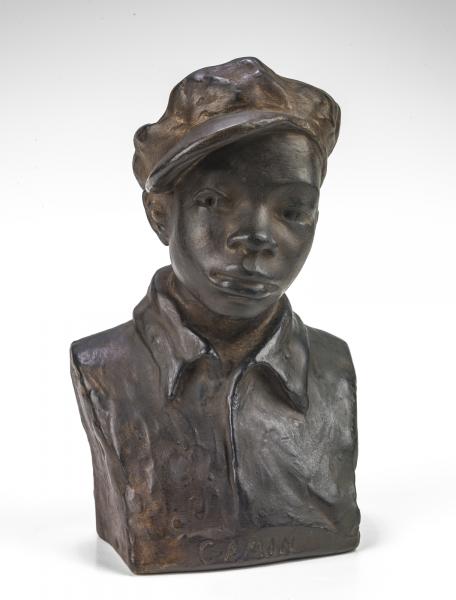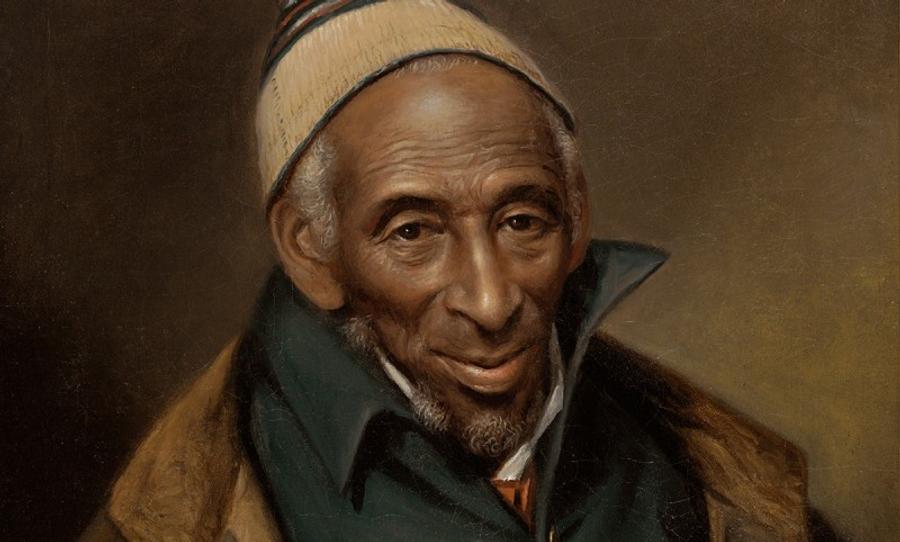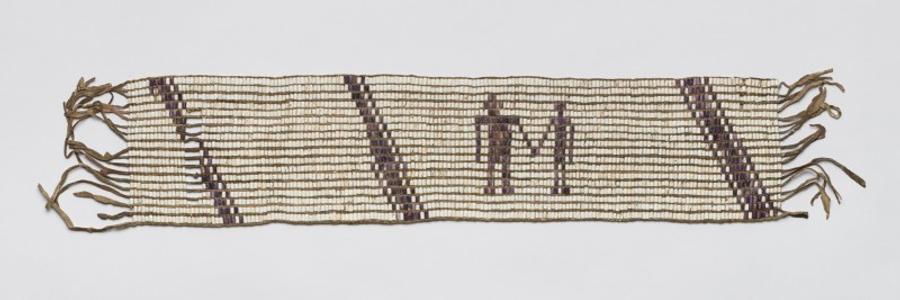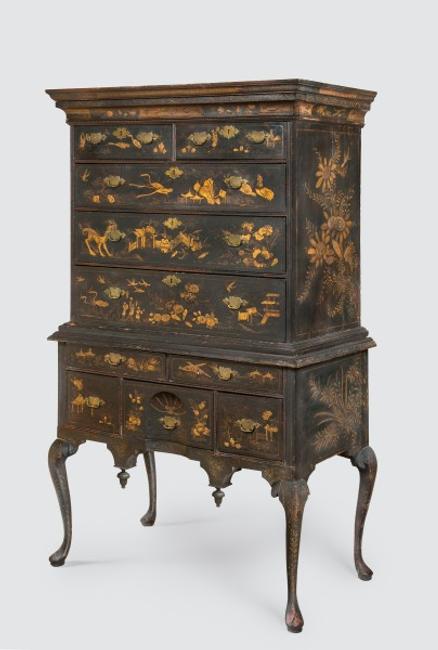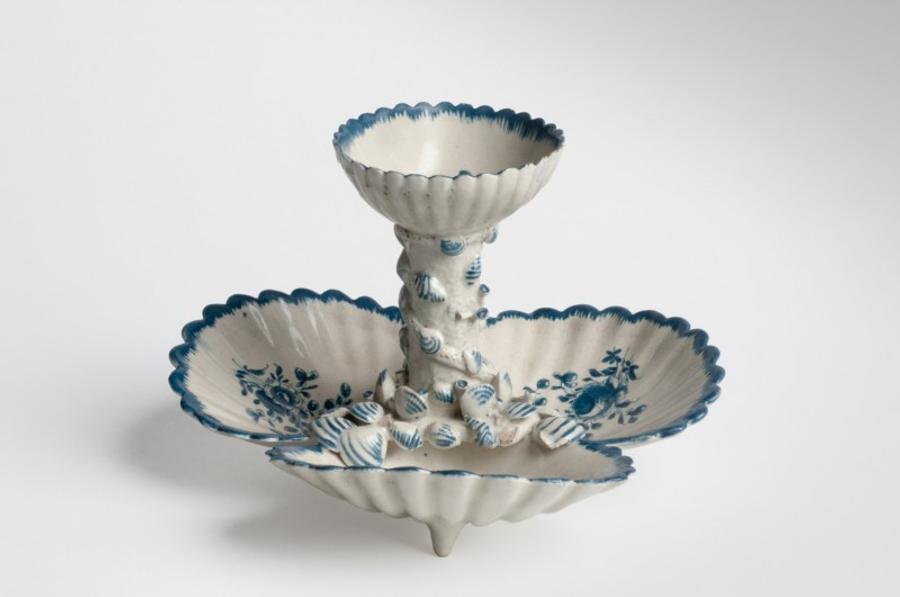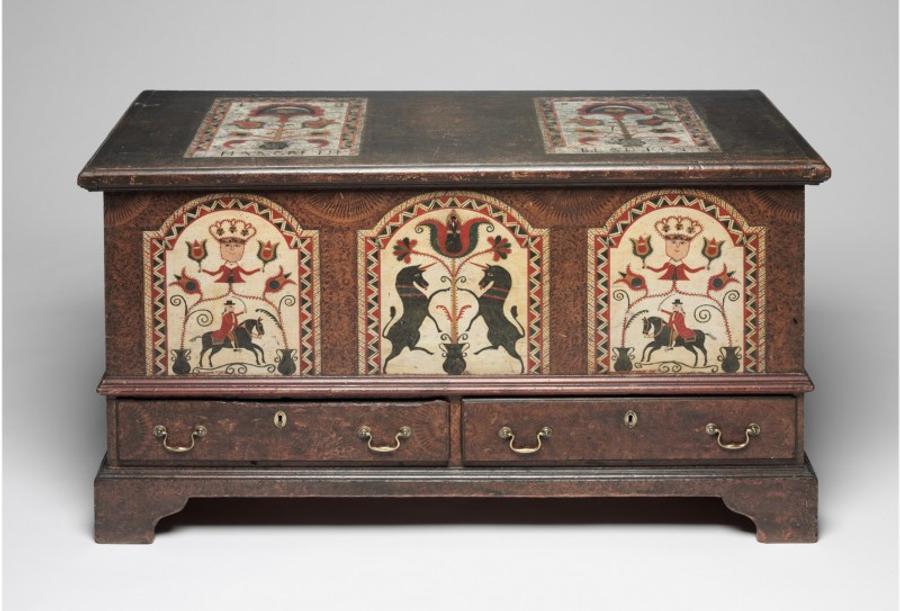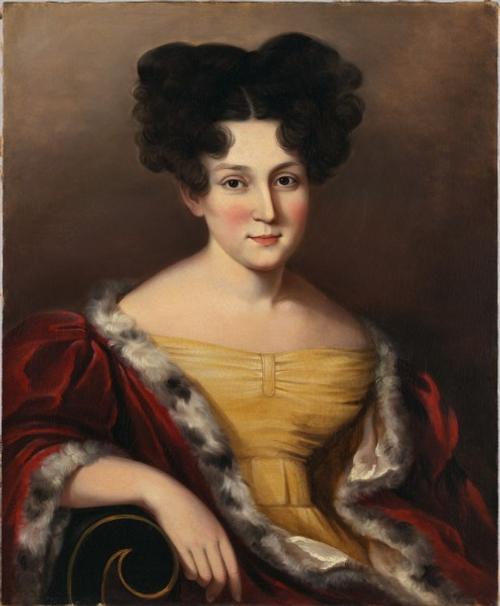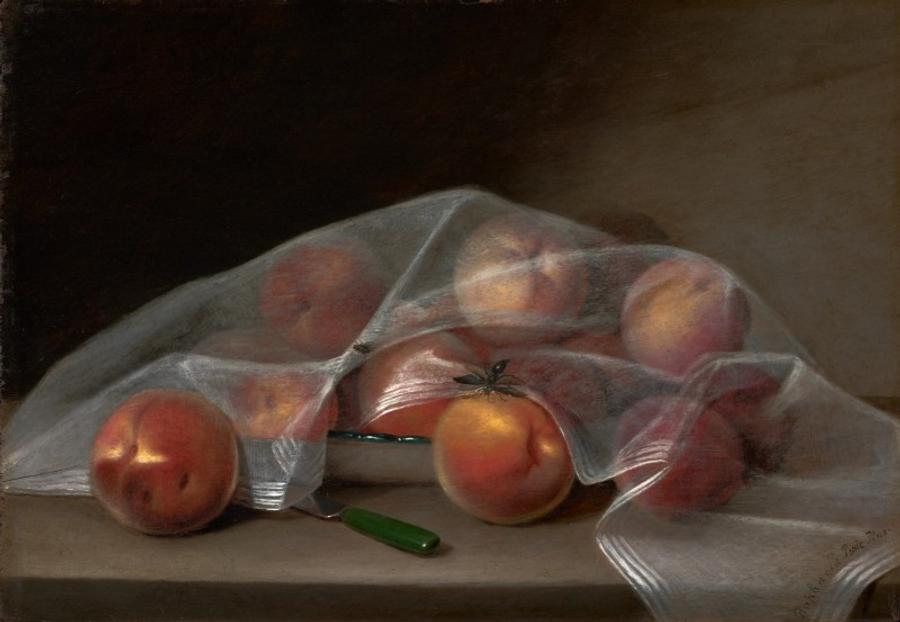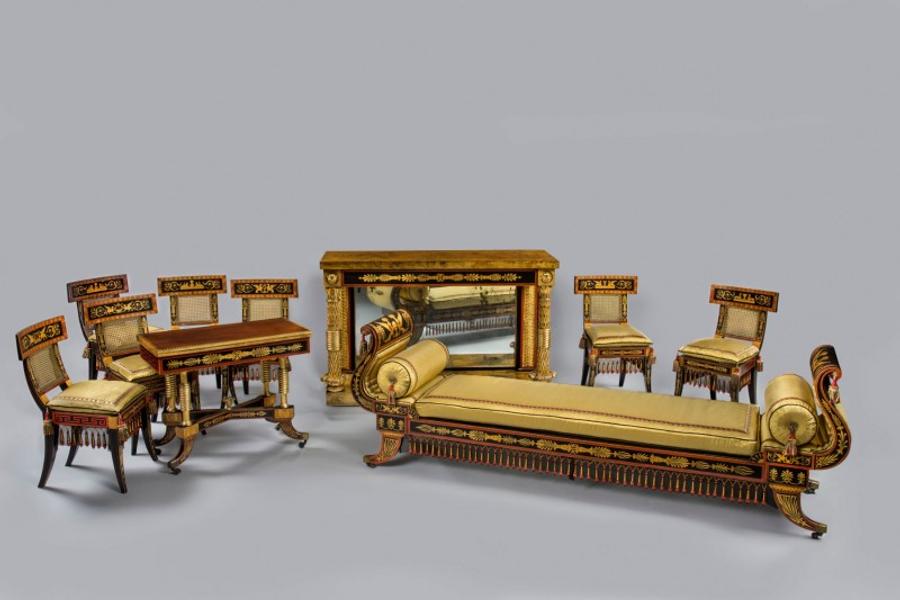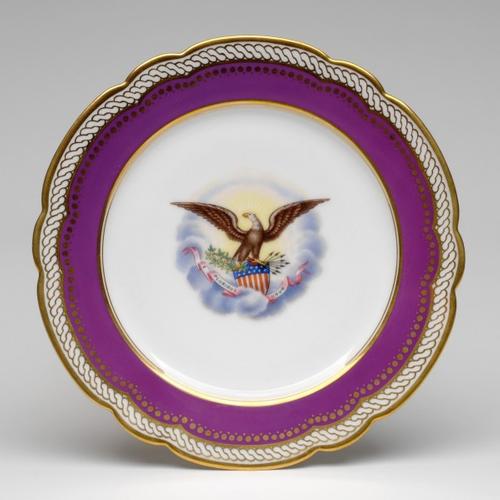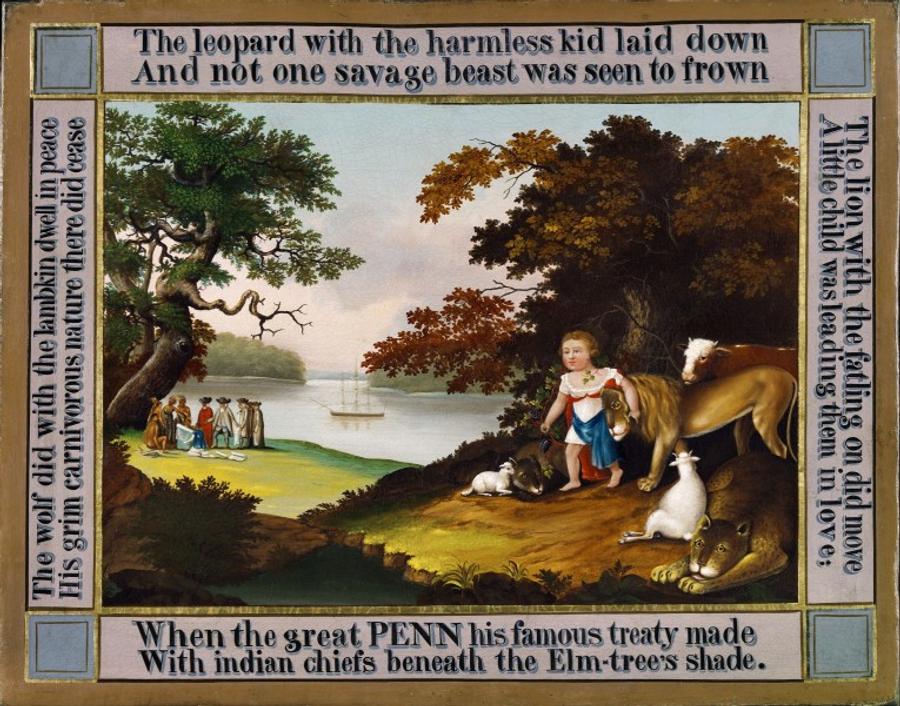Major Gift Celebrating Black American Artists of the 20th CenturyJonathan Kantrowitz,
African-American Art - 2 weeks ago
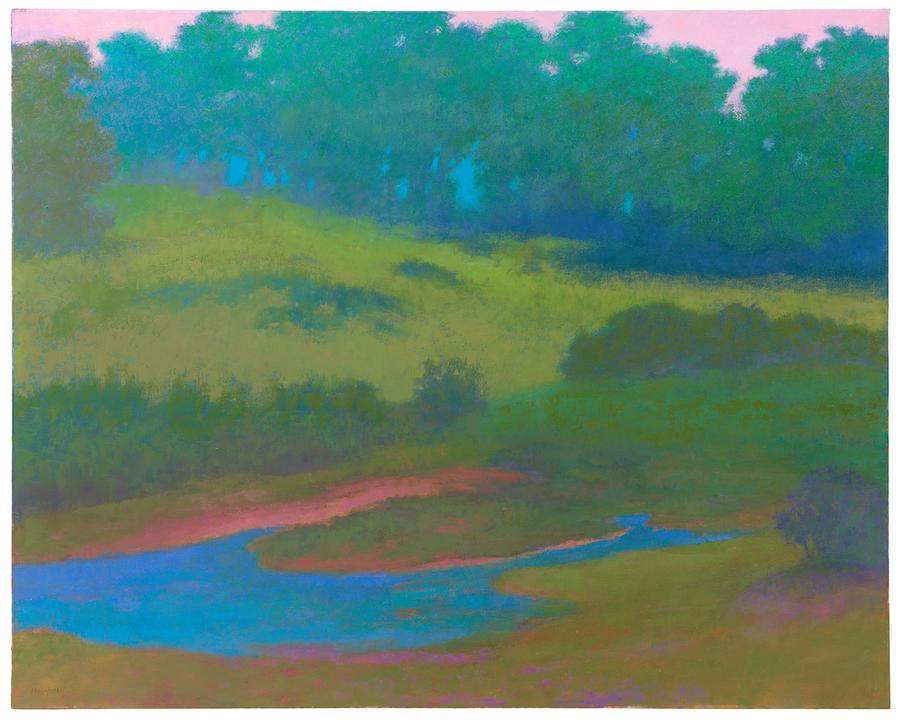
Richard Mayhew, Overture, 2001; San Francisco Museum of Modern Art, gift of the Joyner/Giuffrida Collection; © Richard Mayhew; photo: Katherine Du Tiel, courtesy SFMOMAHughie Lee-Smith, Two Boys, 1968; San Francisco Museum of Modern Art, gift of the Joyner/Giuffrida Collection; © Estate of Hughie Lee-Smith/ARS (Artist Rights Society), New York; photo: Ian ReevesLoïs Mailou Jones, Peasants at Kenscoff, 1955; San Francisco Museum of Modern Art, gift of the Joyner/Giuffrida Collection; © Estate of Loïs Mailou Jones; photo: Ian Reeves Elizabeth Catlett, Singing Head, 1968; San Franci...
Black Women Artists from the Tubman Museum CollectionJonathan Kantrowitz,
African-American Art - 4 weeks ago
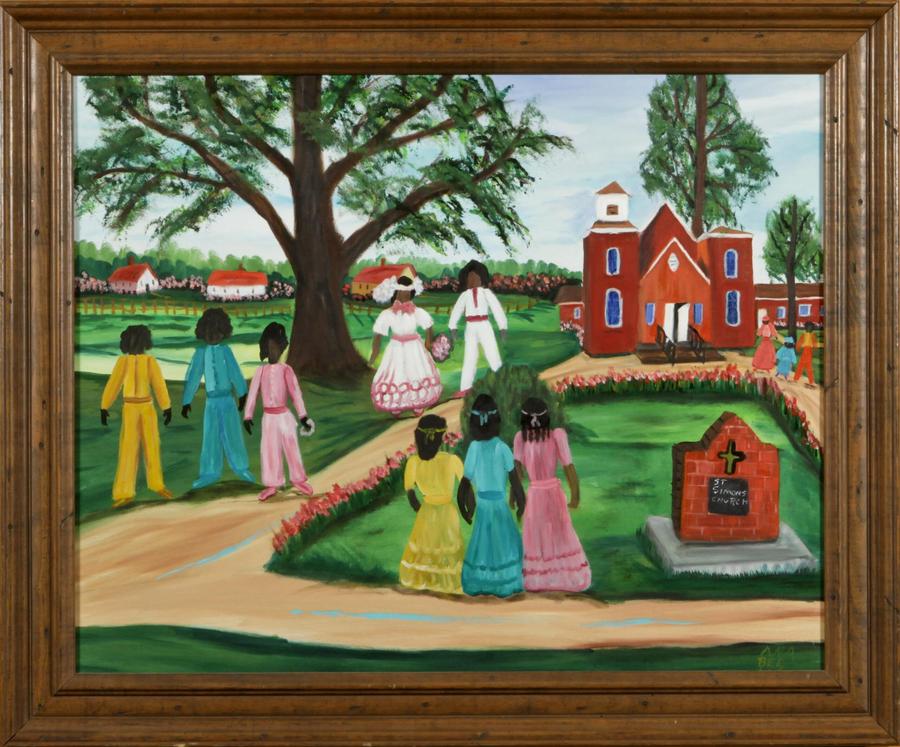
Ana Bel Lee (1926 – 2000) Wedding.*Tubman Museum* (ARTFIX*daily*.com) On March 5, 2021, the Tubman Museum will open an exhibition titled *A Mighty Chorus: Black Women* *Artists from the Tubman Museum Collection*. The exhibit will feature works by local African American women artists from the Tubman museum collection with a special focus on the works of Nellie Mae Rowe and Anna Belle Lee Washington, also known as Ana Bel Lee. After the death of her second husband in 1948, Nellie Mae Rowe (1900 – 1982) spent the rest of her life creating an extensive and important collection of...
Romare BeardenJonathan Kantrowitz,
African-American Art - 1 month ago

Romare Bearden was born in Charlotte, North Carolina, the seat of Mecklenburg County, on September 2, 1911. About 1914, his family joined in the Great Migration north, settling in New York City, which remained Bearden's base for the rest of his life. He became a prolific artist whose works were exhibited throughout the United States and Europe. He was also a respected writer and an eloquent spokesman on artistic and social issues of the day. His many awards and honors include the National Medal of Arts he received from President Ronald Reagan in 1987, one year before he died in 1...
Beauford DelaneyJonathan Kantrowitz,
African-American Art - 1 month ago
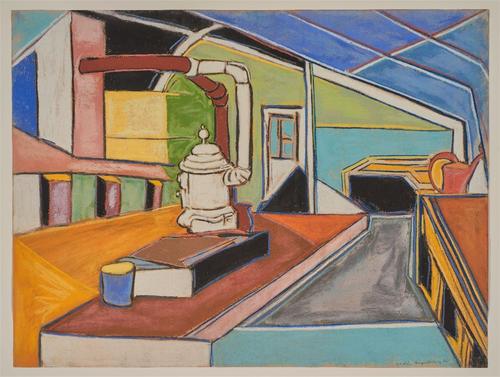
Beauford Delaney, Yaddo, 1950, pastel on paper, 18 × 24 inches. Knoxville Museum of Art, 2017 purchase with funds provided by the Rachael Patterson Young Art Acquisition Reserve. © The Estate of Beauford Delaney, image Bruce Cole. Featuring more than 40 paintings and works on paper, *Beauford Delaney’s Metamorphosis into Freedom* examines the career evolution of modern painter Beauford Delaney (Knoxville, TN 1901–1979 Paris, France) within the context of his 38-year friendship with writer James Baldwin (New York 1924-1987 Saint-Paul-de-Vence, France). The exhibition travels f...
Dox ThrashJonathan Kantrowitz,
African-American Art - 2 months ago
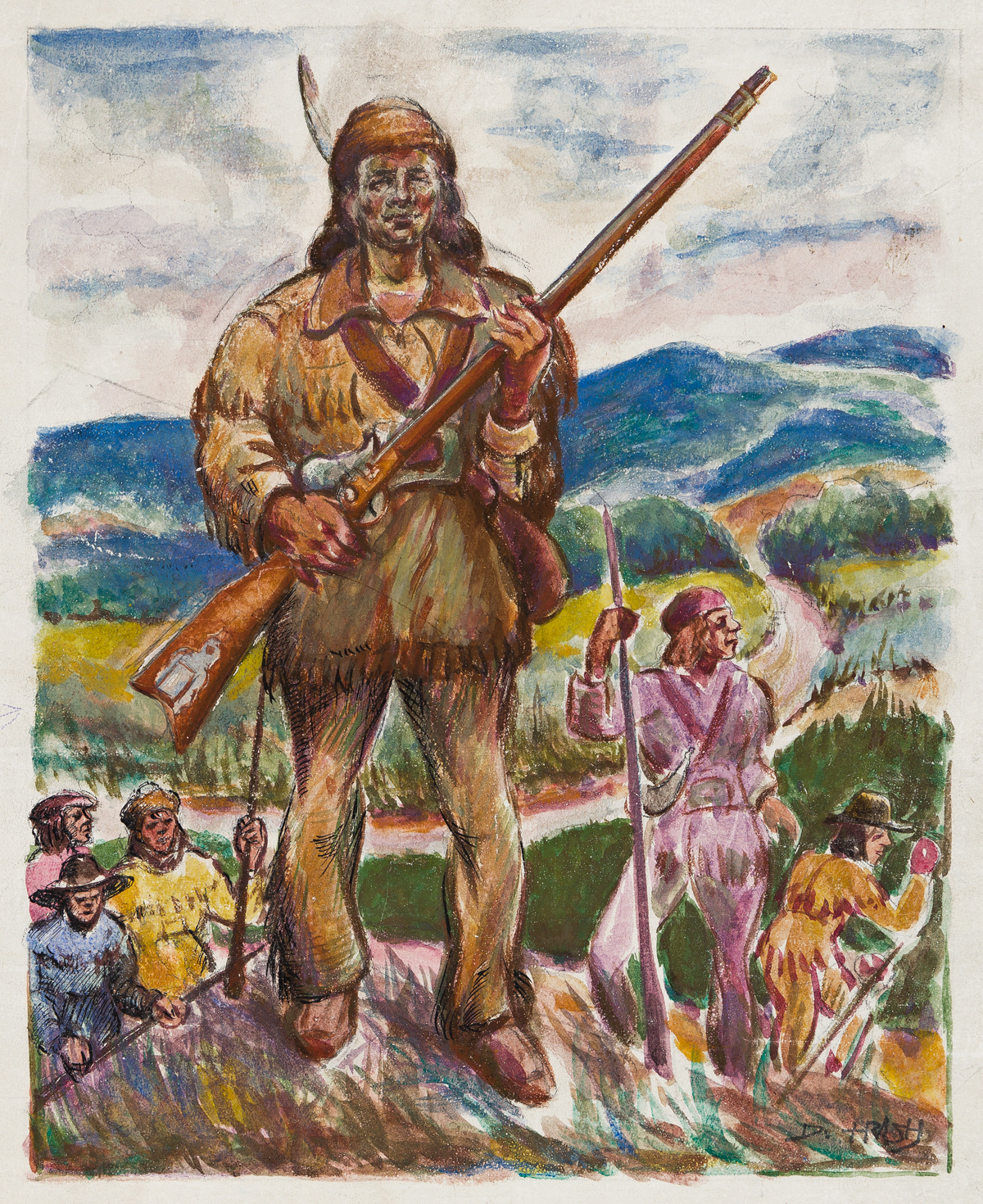
Also see: https://www.hydecollection.org/wp-content/uploads/2020/03/Thrash-online-exhibition2.pdf [image: Dox Thrash, "Saturday Night," c. 1944-45, etching. Courtesy of Dolan/Maxwell, Philadelphia.] *Dox Thrash, **Saturday Night,* c. 1944-45, etching. Courtesy of Dolan/Maxwell. Philadelphia-based artist *Dox Thrash* (1893–1965) was both a pioneering printmaker and a noted participant in the “New Negro” movement of the 1930s and ’40s. A veteran of World War I as well as the minstrel stage, he trained at the School of the Art Institute of Chicago before making his way to Philad...
Jacob LawrenceJonathan Kantrowitz,
African-American Art - 2 months ago

The paintings of Jacob Lawrence express his lifelong concern for human dignity, freedom, and his own social consciousness. His images portray the everyday reality, the struggles and successes of African American life. Using art as an instrument of protest, Lawrence aligned himself with the American school of social realism and Mexican muralist tradition. [image: Image result] *"Carpenters"* lithograph by Jacob Lawrence in the Bruce Museum exhibition"ReTooled: Highlights from the Hechinger Collection." photo: Joel Breger Born in Atlantic City, New Jersey, Lawrence grew up in Harl...
Records for Charles Alston, Wadsworth Jarrell, Augusta Savage and More in African American ArtJonathan Kantrowitz,
African-American Art - 3 months ago
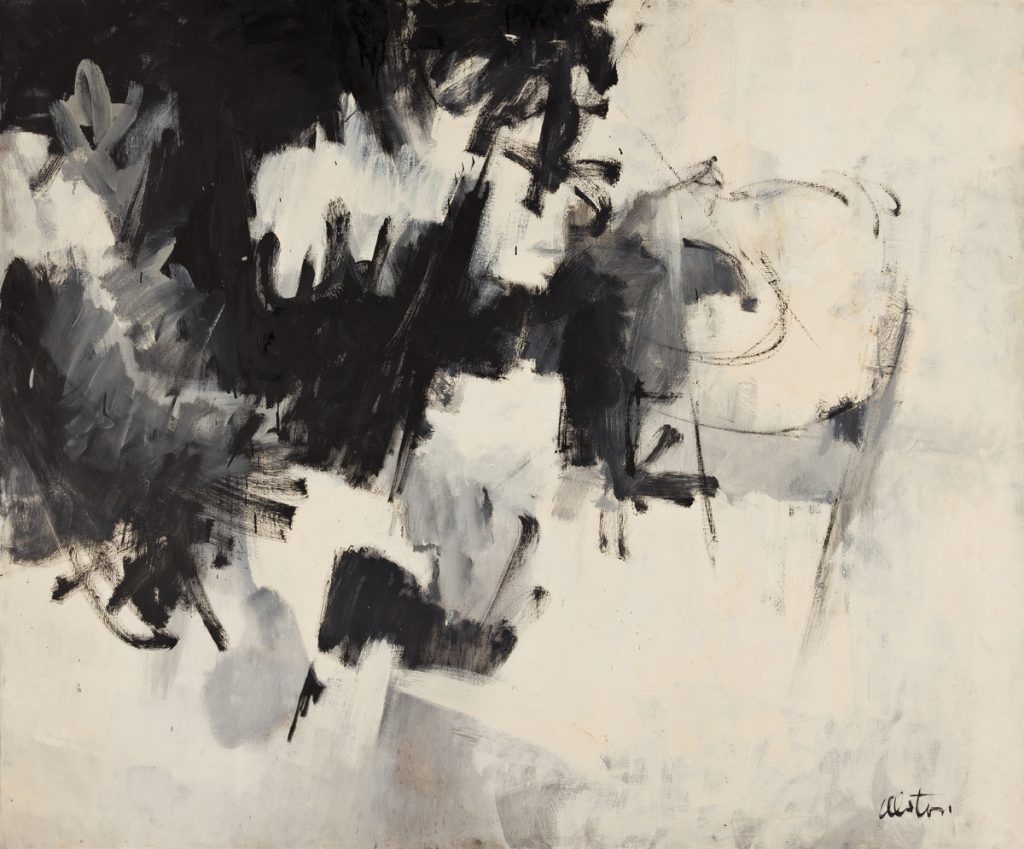
-----*at Swann* The December 10, 2020, sale of African American Art was met with enthusiasm from collectors. The sale saw nine auction records set, as well as an auction debut from contemporary artist Tyrone Geter. The auction total reached $2.8 million bringing the house’s African American Art sale totals for the year to $9.2 million. ------------------------------ Charles Alston Charles Alston, *Black and White #8*, oil on canvas, 1961. Sold for $197,000, a record for the artist. Leading the December sale was Charles Alston’s *Black and White #8*, oil on canvas, 1961. The ...
Benny AndrewsJonathan Kantrowitz,
African-American Art - 3 months ago

Benny Andrews: A life in portraits Benny Andrews (1930-2006), Portrait of the Portrait Painter (Portraits of... Series), 1987, oil and graphite on two canvas panels with painted fabric collage, 80 x 100 x 3/4 inches / 203.2 x 254 x 1.9 cm, signed. Benny Andrews (1930-2006), Janitors at Rest, 1957-58. Oil on canvas with paper and painted fabric collage, 50 x 36 inches / 127 x 91.4 cm, signed. Benny Andrews once defined his artistic ambition as a desire to represent “a real person before the eyes.” The phrase is the subtitle of a momentous exhibition at the Michael Rosenfe...
Romare Bearden Collages Lead African American Art at SwannJonathan Kantrowitz,
African-American Art - 4 months ago
*Kerry James Marshall, Wadsworth Jarrell, Augusta Savage, Alma Thomas & Kara Walker feature* New York—*Swann Galleries*’ fall offering of *African American Art* comes across the block on *Thursday, December 10*. The auction will present a strong offering of works by notable artists, including Romare Bearden, Charles Alston, Wadsworth Jarrell and artists from the AfriCOBRA collective, as well as sculptors Simone Leigh and Elizabeth Catlett. *Romare Bearden* leads the sale with *Woman and Child*—an impressive collage inspired by Renaissance paintings and ima...
African American Art - Georgia Museum of ArtJonathan Kantrowitz,
African-American Art - 4 months ago

*Expanding Tradition: Selections from the Larry D. and Brenda A. Thompson Collection*,” The Thompsons donated 100 works of art by African Americans to the museum in 2012, on the heels of a traveling exhibition drawn from their collection, “Tradition Redefined: The Larry and Brenda Thompson Collection of African American Art.” “Expanding Tradition” is a second exhibition highlighting the couple’s commitment to collecting art over the last several decades through a new selection of works borrowed from their extensive private collection. “Expanding Tradition” also serves as the inaug...
Reckoning with “The Incident”: John Wilson’s Studies for a Lynching Mural.Jonathan Kantrowitz,
African-American Art - 6 months ago
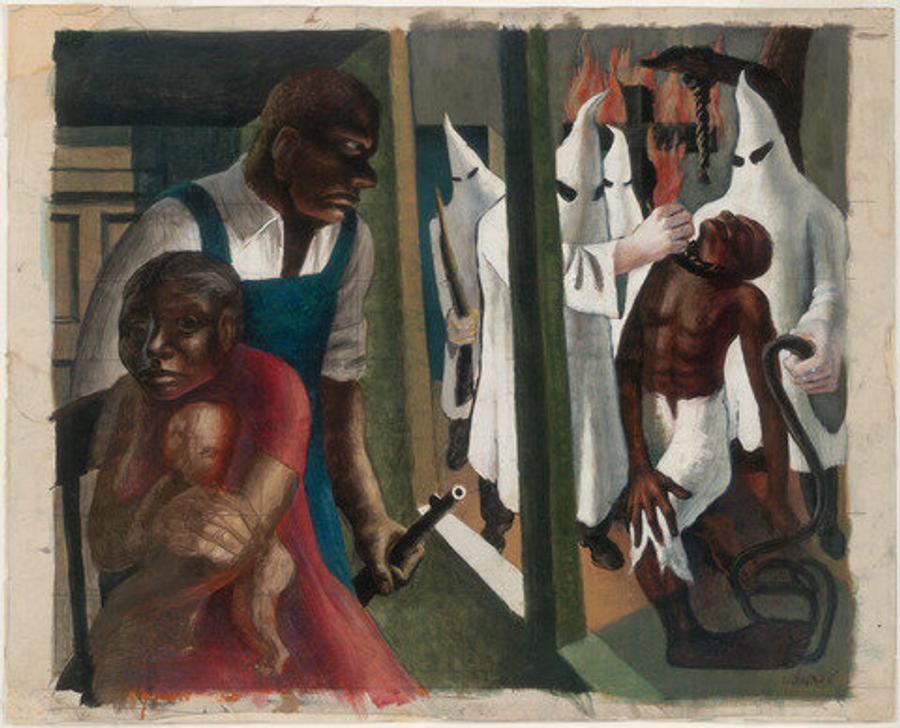
John Wilson, Compositional study for The Incident, 1952. Opaque and transparent watercolor, ink, and graphite, squared for transfer. Yale University Art Gallery, Janet and Simeon Braguin Fund. © Estate of John Wilson John Wilson, Negro Woman, study for The Incident, 1952. Oil on Masonite. Clark Atlanta University Art Collection, Atlanta Annuals. © Estate of John Wilson. Courtesy Clark Atlanta University Art Collection On September 25, the Yale University Art Gallery opened to visitors for the first time in nearly seven months with new covid-19 safety measures in place. “Our wor...
African Modernism in AmericaJonathan Kantrowitz,
African-American Art - 8 months ago
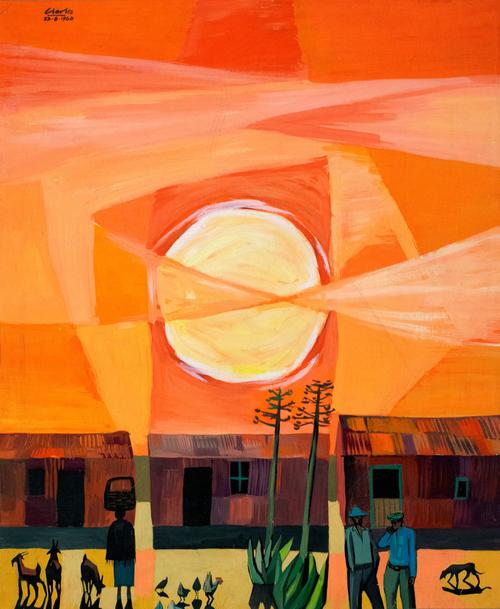
Peter Clarke (South African, 1929-2014) That Evening Sun Goes Down, 1960. Gouache on paper. Fisk University Galleries, Nashville. Gift of Harmon Foundation. Gerard Sekoto (South African, 1913-1993) Profile,1960. Fisk University Galleries, Nashville. Gift of Harmon Foundation. (c) 2020 Gerard Sekoto, DALRO / Johannesburg, VAGA at ARS NY. A traveling exhibition planned for late 2022 will illuminate *African Modernism in America, 1947–1967. *The exhibition is organized by the American Federation of Arts and Fisk University Galleries in Nashville, which will be the first venue. *African ...
Archibald MotleyJonathan Kantrowitz,
African-American Art - 8 months ago
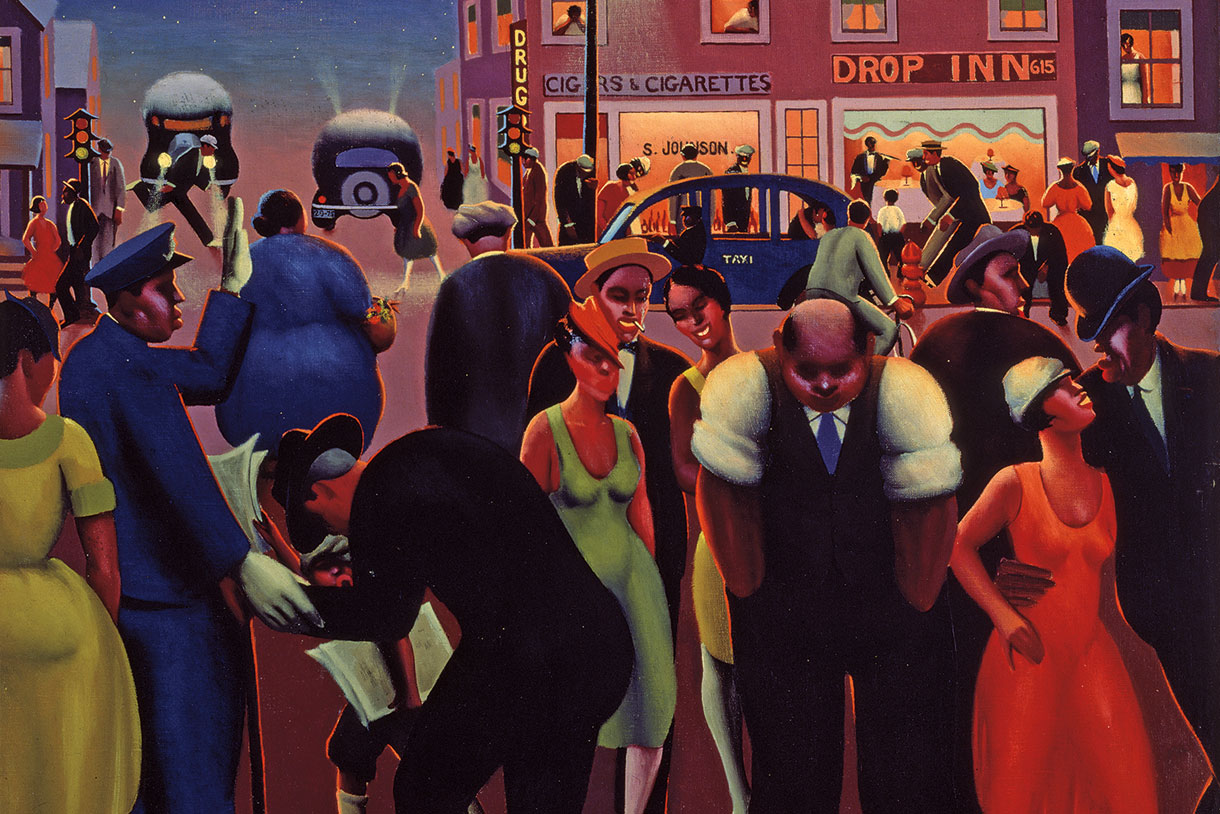
Twitter - Facebook Archibald Motley (1891–1981) was born in New Orleans and lived and painted in Chicago most of his life. But because his subject was African-American life, he’s counted by scholars among the artists of the Harlem Renaissance. Many of Motley’s favorite scenes were inspired by good times on “The Stroll,” a portion of State Street, which during the twenties, the *Encyclopedia of Chicago* says, was “jammed with black humanity night and day.” It was part of the neighborhood then known as Bronzeville, a name inspired by the range of skin color one might see the...
William H. JohnsonJonathan Kantrowitz,
African-American Art - 8 months ago

William H. Johnson, *Jitterbugs (I), *ca. 1940-1941, gouache and pen and ink on paperboard, Smithsonian American Art Museum, Gift of the Harmon Foundation, 1967.59.1063 *Jitterbugs (II)* William H. Johnson, ca. 1941, oil on paperboard. Smithsonian American Art Museum, Gift of the Harmon Foundation. 1967.59.611 By almost any standard, William H. Johnson (1901–1970) can be considered a major American artist. He produced hundreds of works in a virtuosic, eclectic career that spanned several decades as well as several continents. It was not until very recently, however, that his wo...
Red GroomsJonathan Kantrowitz,
African-American Art - 8 months ago

For over fifty years, American artist Red Grooms (born 1937) has used his brush to capture the great panorama of life. And for over fifty years people have delighted in his luscious, loud, laughing depictions that so uniquely celebrate the famous and the anonymous, the meaningful and the absurd, the high and the low, of twentieth-century America. *Red Grooms, Cedar Bar, 1986. Colored pencil and crayon on five sheets in artist’s wood frame. Yale University Art Gallery, Charles B. Benenson, b.a. 1933, Collection* Executed in colored pencil and watercolor on five large sheets of pa...
Charles White.Jonathan Kantrowitz,
African-American Art - 8 months ago

With *Charles White: A Retrospective*, The Museum of Modern Art and the Art Institute of Chicago present the first major museum exhibition of Charles White’s oeuvre in over 30 years, on view at The Museum of Modern Art from October 7, 2018, through January 13, 2019. Covering the full breadth of his career with over 100 multidisciplinary works, the exhibition features drawings, paintings, prints, photographs, and contextual ephemera. Prior to its MoMA presentation, the exhibition will be on view at the Art Institute of Chicago from June 8 through September 3, 2018. Following its MoM...
Horace PippinJonathan Kantrowitz,
African-American Art - 8 months ago
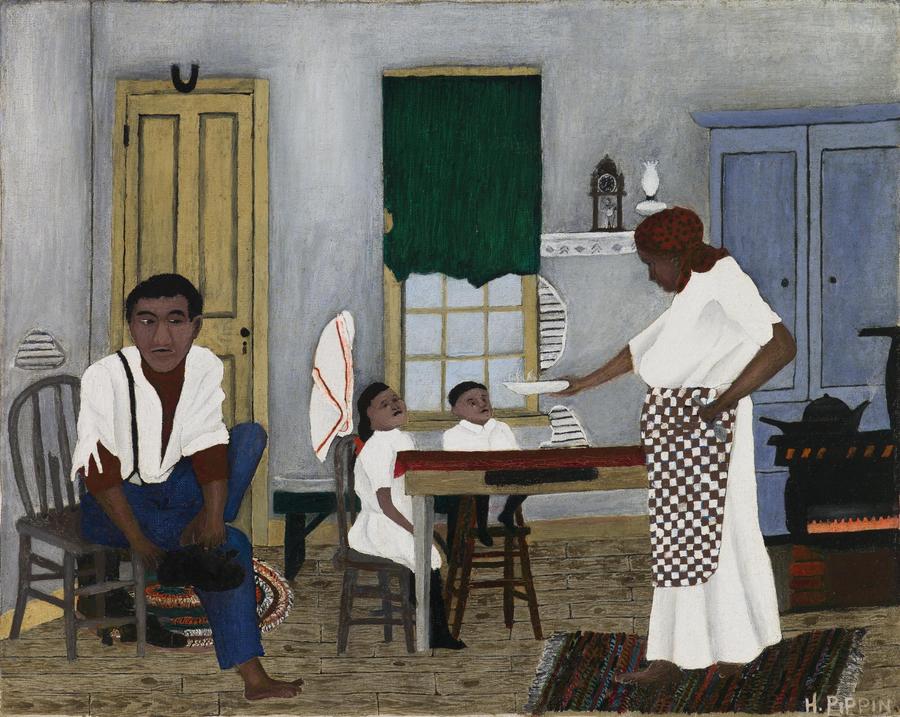
Philadelphia Museum of Art A bequest includes three important works by the self-taught African American painter Horace Pippin, including *The Getaway* (1939), a stark winter scene in which a fox makes off with a bird in its mouth; *Study for Barracks* (1945), which conveys the everyday activity of African American combat soldiers in a dugout during World War II; and *The Park Bench* (1946), which is often interpreted as a psychological portrait of the artist and was painted in the last year of his life. *Horace Pippin, Domino Players, 1943. Oil on composition board, 12...
500x625.jpg)

